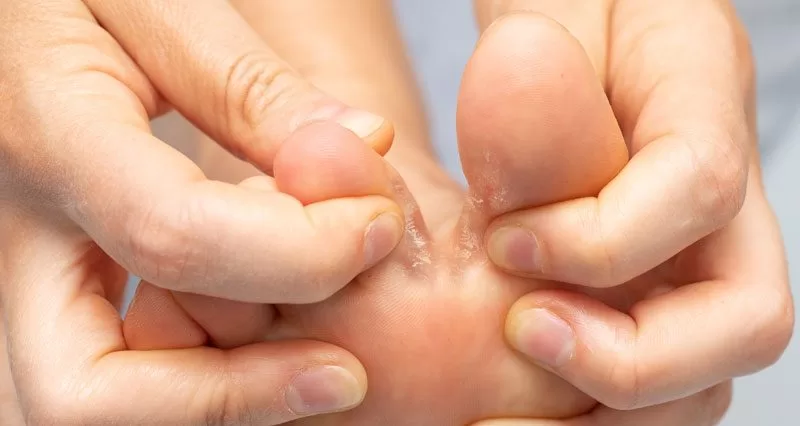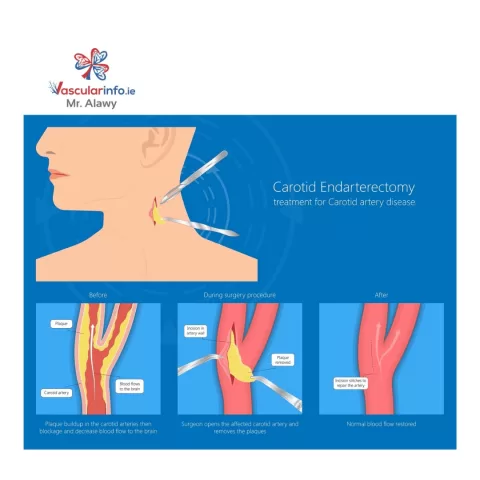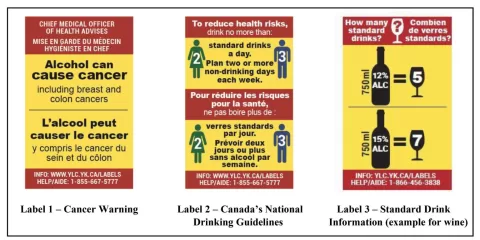When it comes to addressing **Athlete’s Foot Treatments**, understanding the various options available is crucial for effective relief from this common fungal infection known as tinea pedis. Symptoms can range from itching and burning to more severe reactions like blisters and peeling skin, making prompt treatment essential. In this guide, we will explore the best treatments for athlete’s foot, including both over-the-counter and prescription medications, as well as popular athlete’s foot home remedies that can help soothe irritation. Additionally, we will discuss preventative strategies to help you avoid future outbreaks of this uncomfortable condition. With the right knowledge and resources, managing a fungal infection of the feet can become significantly easier.
Athlete’s foot, also referred to as tinea pedis, is a widespread fungal infection that predominantly affects the feet, particularly between the toes. This condition is characterized by various distressing symptoms, including intense itching, redness, and sometimes even blisters. The best treatments for this condition often involve antifungal creams, powders, and natural home remedies that harness the power of ingredients like tea tree oil and vinegar. Recognizing tinea pedis symptoms early is vital to prevent complications and ensure effective management. Moreover, adopting measures to prevent athlete’s foot is essential, especially in settings that encourage fungal growth, such as gyms and swimming pools.
Understanding Athlete’s Foot Symptoms
Athlete’s foot, or tinea pedis, is characterized by a range of symptoms that can significantly affect daily life. The most common symptoms include itching, burning, and intense discomfort, primarily between the toes. These sensations can be exacerbated by moisture and friction, often making it difficult for individuals to wear shoes comfortably. Additionally, redness and peeling skin are prevalent, indicating the skin’s response to the fungal infection. If left untreated, these symptoms can worsen, leading to severe irritation and even blisters.
Recognizing these symptoms early is crucial for effective management. Individuals should be particularly vigilant if they frequently visit communal areas such as gyms or swimming pools, where the fungus thrives. The presence of a foul odor is another indicator of athlete’s foot, caused by the buildup of moisture and bacteria. Understanding these signs allows for timely intervention, which can prevent the condition from spreading or leading to more significant health concerns.
Best Treatments for Athlete’s Foot in 2025
As of 2025, the treatment landscape for athlete’s foot has expanded, offering various options that cater to different preferences and severities of the infection. Over-the-counter antifungal creams such as Tinactin and Lotrimin have gained popularity due to their effectiveness in alleviating itching and promoting healing. These treatments work by targeting the fungal cells, disrupting their growth, and providing quick relief from symptoms. Users are encouraged to apply these creams consistently for the best results, often for a duration of two to four weeks.
In addition to topical treatments, antifungal powders and sprays have emerged as effective solutions, especially for individuals prone to sweaty feet. These products not only treat existing infections but also help prevent future outbreaks by keeping the feet dry. Regular application of antifungal powder in shoes can significantly reduce moisture buildup, which is crucial for preventing athlete’s foot. Consulting with a healthcare professional can help tailor the treatment approach to individual needs, ensuring optimal recovery.
Exploring Athlete’s Foot Home Remedies
In light of the increasing interest in natural treatments, home remedies for athlete’s foot have gained traction among those seeking alternatives to conventional medications. One of the most popular options is tea tree oil, renowned for its potent antifungal properties. When diluted with a carrier oil, it can be applied directly to the affected areas, providing relief from irritation and helping to combat the fungal infection. This natural remedy is favored for its lower risk of side effects compared to some pharmaceutical treatments.
Another effective home remedy involves vinegar soaks, which can alter the skin’s pH and create an environment hostile to fungi. Soaking feet in a vinegar and water solution can reduce symptoms and prevent the spread of the infection. Additionally, garlic, known for its antifungal benefits, can be incorporated into the diet or applied topically to enhance immune response. These home remedies offer a holistic approach to managing athlete’s foot, appealing to those who prefer natural solutions.
Preventing Athlete’s Foot: Essential Tips
Prevention is vital in managing athlete’s foot, especially for those at higher risk due to lifestyle or activities. Keeping feet dry is paramount; individuals should always dry their feet thoroughly after bathing or swimming, paying special attention to the areas between the toes. Moisture is a breeding ground for fungi, so utilizing moisture-wicking socks and breathable footwear can significantly reduce the risk of developing tinea pedis.
Moreover, using antifungal powder regularly can serve as a proactive measure for those susceptible to fungal infections. This is especially important for athletes and individuals who frequently visit public pools or gyms. By adopting these preventative strategies, individuals can significantly lower their chances of encountering athlete’s foot and maintain healthier feet.
Managing Blisters and Skin Irritation from Athlete’s Foot
Blisters are a common complication of athlete’s foot, often resulting from intense itching and scratching. When the skin barrier is compromised, blisters can form, leading to increased pain and the risk of secondary infections. To manage this, healthcare professionals recommend keeping the affected area clean and dry, which is essential for healing. In cases where blisters develop, it is crucial not to pop them, as this can introduce bacteria and exacerbate the infection.
Applying antifungal treatments to the affected areas can help alleviate irritation and promote healing. Additionally, wearing loose-fitting footwear can reduce friction and prevent further skin damage. Individuals are advised to monitor their symptoms closely and seek medical advice if blisters become inflamed or show signs of infection, such as increased redness or pus development. Prompt treatment can prevent complications and facilitate a faster recovery.
Frequently Asked Questions
What are the best treatments for athlete’s foot in 2025?
The best treatments for athlete’s foot in 2025 include over-the-counter antifungal creams like Tinactin and Lotrimin, along with antifungal sprays and powders. These options effectively relieve itching and burning while preventing moisture buildup, essential for managing this fungal infection of the feet.
What are some effective athlete’s foot home remedies?
Effective athlete’s foot home remedies include using tea tree oil, vinegar soaks, and garlic. Tea tree oil has strong antifungal properties, vinegar helps alter the skin’s pH to deter fungi, and garlic can boost your immune response while combating the infection directly.
What symptoms indicate a fungal infection of the feet, like athlete’s foot?
Symptoms of athlete’s foot (tinea pedis) include intense itching, burning sensations, redness, peeling skin, blisters, and foul odors. Recognizing these symptoms early is crucial for effective treatment.
How can I prevent athlete’s foot when visiting public places?
To prevent athlete’s foot in public places like gyms and pools, keep your feet dry, wear breathable shoes, and apply antifungal powder regularly. These measures help combat moisture and reduce the risk of fungal infections.
What should I do if my athlete’s foot symptoms persist despite treatment?
If your athlete’s foot symptoms persist despite using treatments, consult a healthcare provider. They can recommend stronger prescription medications and provide guidance on managing this fungal infection effectively.
| Key Points | Details |
|---|---|
| Understanding Athlete’s Foot | Athlete’s foot, or tinea pedis, is a common fungal infection affecting the skin of the feet. |
| Symptoms | Itching, burning, redness, peeling skin, blisters, and odor. |
| 2025 Treatment Options | Over-the-counter creams like Tinactin, antifungal sprays, and powders are effective. |
| Home Remedies | Tea tree oil, vinegar soaks, and garlic are popular natural treatments. |
| Impact | 33% to 50% of people will experience athlete’s foot in their lifetime. |
| Management of Blisters | Early intervention is crucial to prevent complications; keep the area clean and dry. |
| Prevention | Maintain dry feet, wear breathable shoes, and use antifungal powder. |
Summary
Athlete’s foot treatments are essential for managing this common fungal infection effectively. The condition, known in the medical field as tinea pedis, often leads to uncomfortable symptoms such as itching and burning between the toes. With various treatment options available in 2025, including effective over-the-counter antifungal creams and popular home remedies like tea tree oil and vinegar soaks, individuals can tackle the infection proactively. Early identification of symptoms and implementing preventative measures, such as keeping feet dry and wearing breathable footwear, are critical in reducing the risk of recurrence. If symptoms persist or worsen, consulting a healthcare provider is advisable for tailored treatment options.
The content provided on this blog (e.g., symptom descriptions, health tips, or general advice) is for informational purposes only and is not a substitute for professional medical advice, diagnosis, or treatment. Always seek the guidance of your physician or other qualified healthcare provider with any questions you may have regarding a medical condition. Never disregard professional medical advice or delay seeking it because of something you have read on this website. If you believe you may have a medical emergency, call your doctor or emergency services immediately. Reliance on any information provided by this blog is solely at your own risk.








